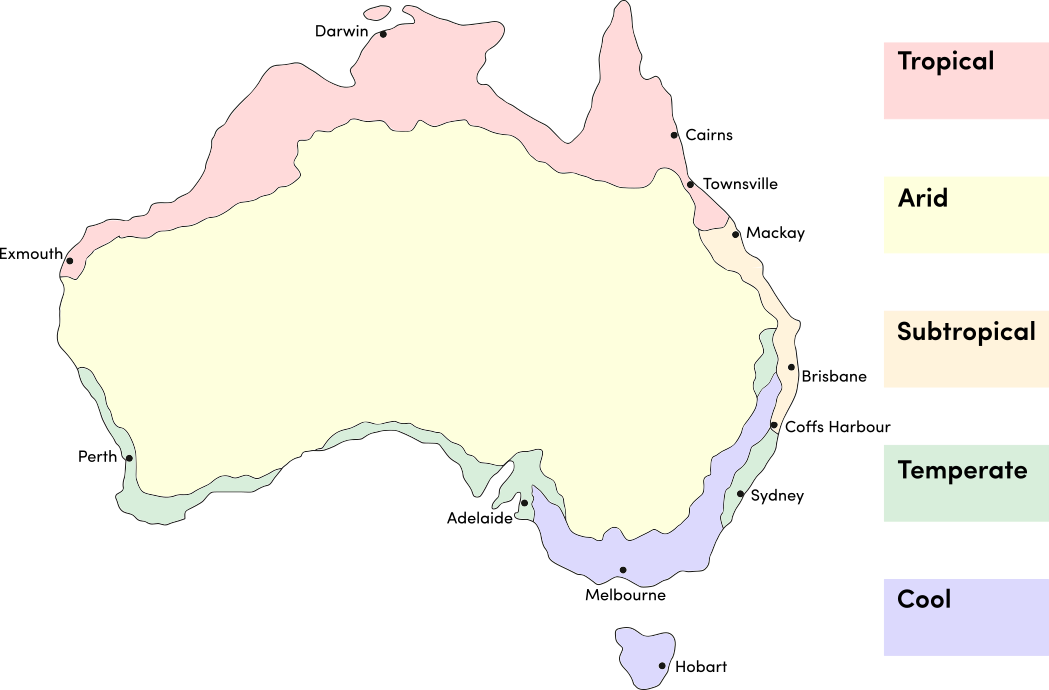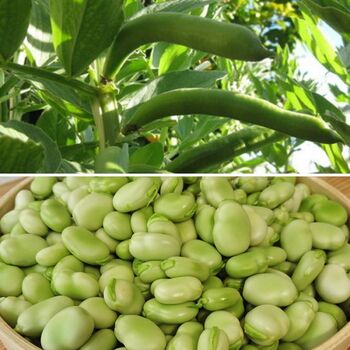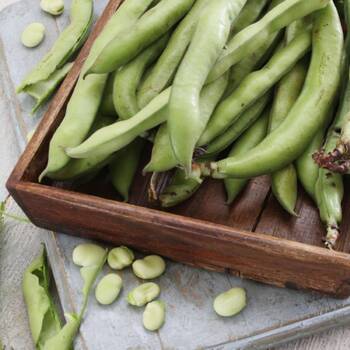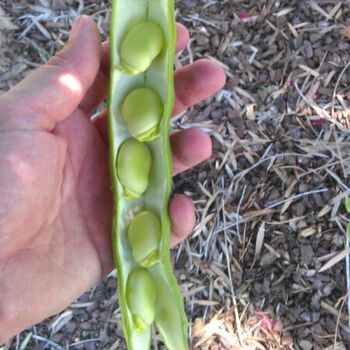Broad Bean Seeds_
Guides
-
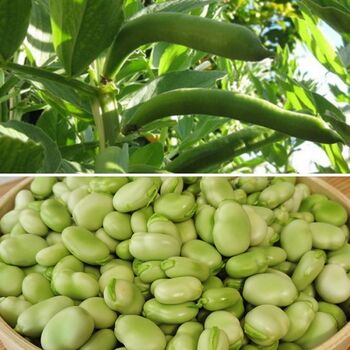
How to Grow Broad Bean Seeds
A comprehensive guide on how to grow Broad Bean Seeds; including soil preparation and position, when and how to sow, when and how to harvest and common pests and diseases. View guide.
-
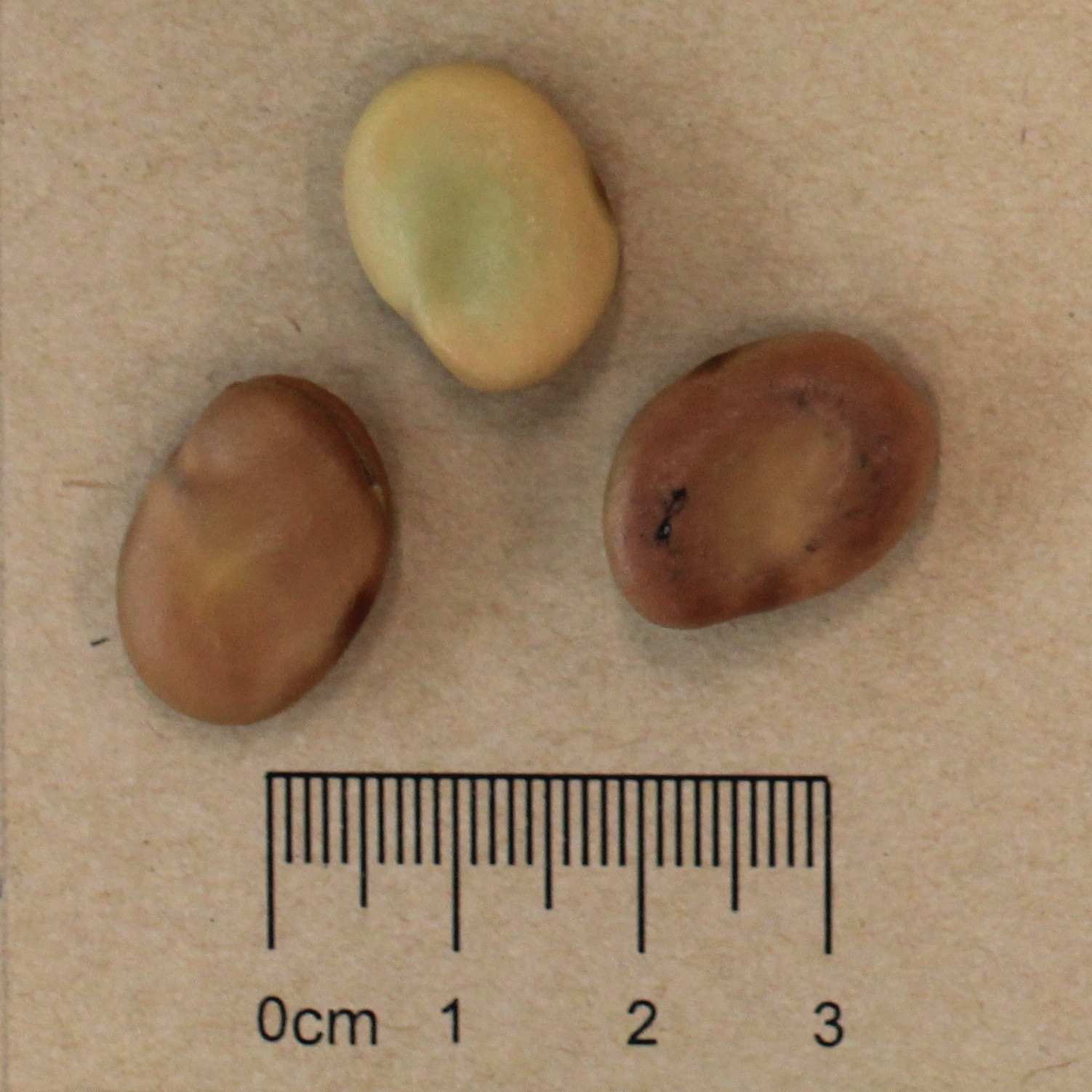
Seed Saving Guide: Broad Bean (Vicia faba)
A guide on how to save Broad Bean seeds; including pollination type, isolation distance, when to harvest and best cleaning methods. View guide.
More Related Content
-
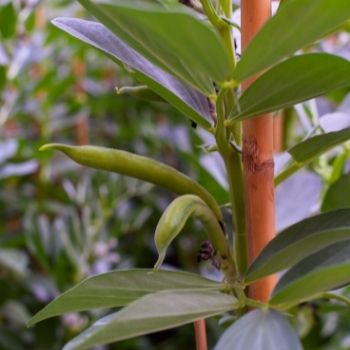
Broad Beans: The Often Overlooked Legume
Broad beans are easy to grow, nutritious, and taste much better freshly picked than bought from the store. This article covers all you need to know to make them the new star of your veggie patch. Read article.
-
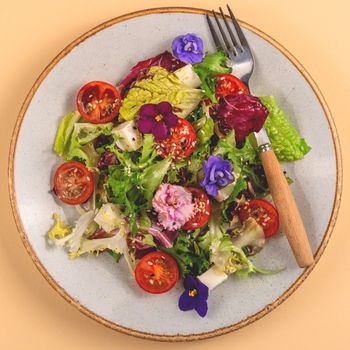
A Guide to Unusual Edible Flowers
Edible flowers are on trend, but there are more adventurous choices than the usual pansies and nasturtiums. Be an edible flower trendsetter by growing and using these five lesser known blooms. Read article.

